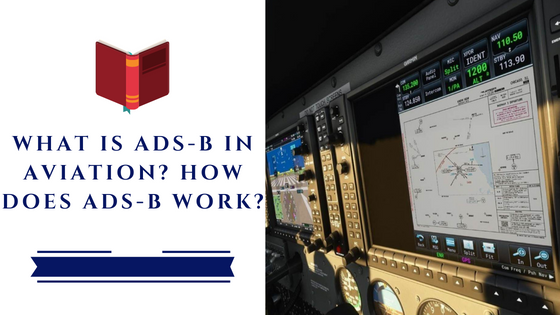Understand the key difference between PNR vs. ANR pilot headset.

One of the main functions of an aviation headset is to limit interference from ambient noise.
Noise reduction is crucial in loud cockpits such as the 737 or piston engine aircraft. Noise reduction makes it easier for the pilot to communicate with ATC and other traffic and is therefore agreeable to the pilot and safer. It is also vital to prevent a pilot’s hearing degradation over their long-term flying career.
With that in mind, it would be fair to say that noise reduction is one of the most important aspects of a headset.
When it comes to noise reduction methods, headsets employ two means: Active Noise Reduction (ANR) and Passive Noise Reduction (PNR). It is worth understanding the difference between the two, so read on…
Active Noise Reduction (ANR) was the brainchild of sound engineer and MIT Professor the late Dr. Amar Bose. He was also the founder of the Bose Corporation, which despite being better known for its music and sound equipment, is also a market leader for aviation headsets.
The story goes that on a commercial flight from the United States to Switzerland in 1978, Bose picked up a set of in-flight headsets to listen to music.
He soon discovered that he could not enjoy the music due to the loud droning of the aircraft’s engines; in fact, he could hardly hear the notes.
This got Bose thinking about producing a headset that would eliminate such intrusive background noises. The principle was simple. The headsets would have lateral microphones to pick up on ambient noises. Based on the wave pattern of the noises it picked up, the headphones would produce an inverse wave pattern which, when fed to the listener’s ears, would cancel out the intruding noises.
ANR is effective, but it is also expensive. It is also worth noting that ANR is better at canceling out constant rhythmic noises – such as the droning of an engine or the hum of an AC – than one-off noises like car horns.
Passive Noise Reduction (PNR) is much more fundamental than ANR. PNR refers to insulating the wearer’s ears from background noises using gel or foam-like materials to seal the ear canal. For PNR to work well, the ear cups require secure fastening – or in the case of earphones – the earpieces have to be fitted well. The tight fit ensures that there is no vacant space between the insulating material and the ear canal through which unwanted sounds could enter.
And there you have it.
The gist is that ANR better protects the pilot’s ears at a higher cost. PNR might not insulate the user as well, but the design’s simplicity means that it comes at a significantly lower price.
However, PNR is ‘good enough for many pilots, and many top-rated headset models do an excellent job of noise reduction without relying on ANR.
It is also important to note that ANR headsets also make use of PNR – they apply both methods at the same time.
Image Source: @echo_foxtrott via Instagram.




